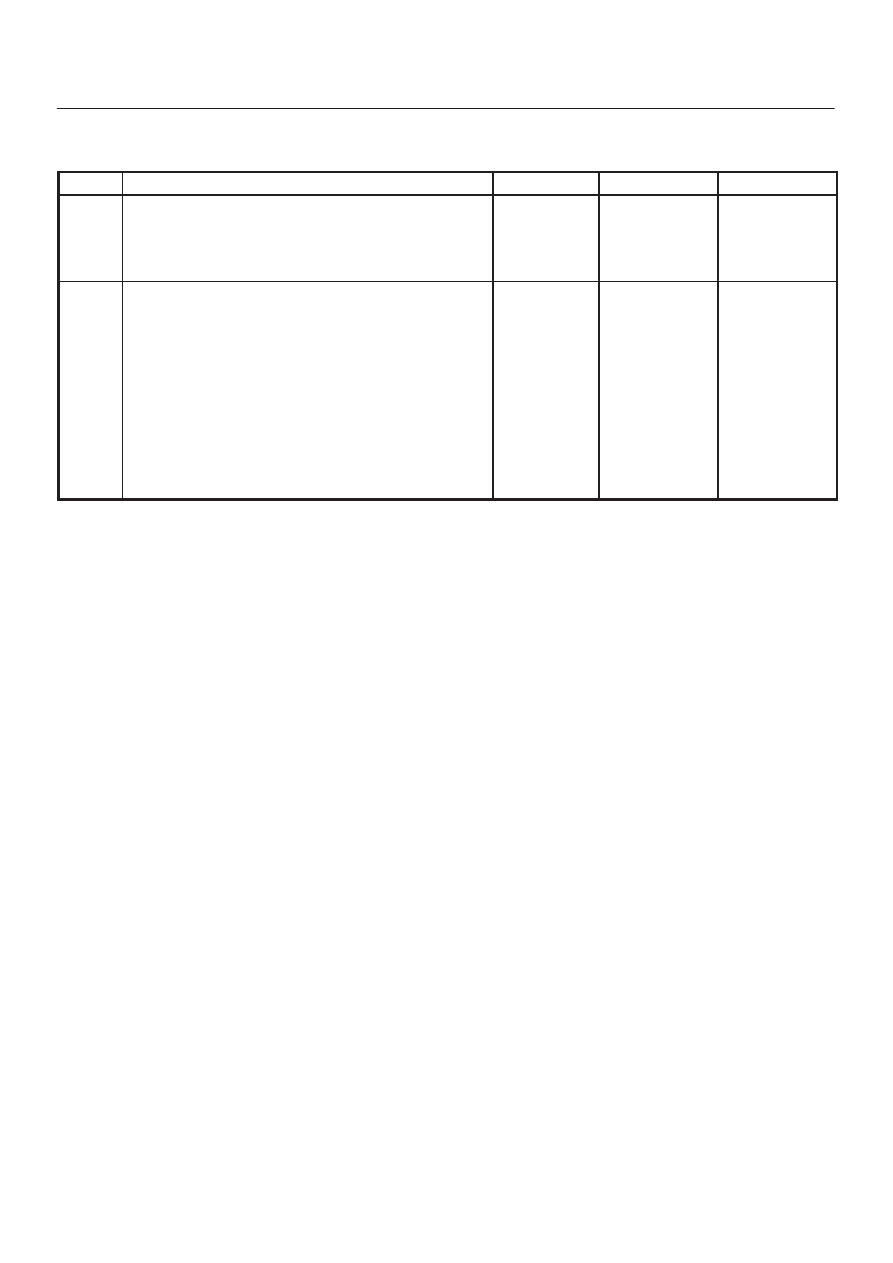Content .. 1293 1294 1295 1296 ..
Isuzu Amigo / Axiom / Trooper / Rodeo / VehiCross. Manual - part 1295

6E1–256
RODEO Y22SE 2.2L ENGINE DRIVEABILITY AND EMISSION
DTC P0406 EGR Sensor Circuit High
(Cont'd)
Step
No
Yes
Value(s)
Action
14
Replace the Linear Exhaust Gas Recirculation (EGR)
Valve.
Verify Repair.
—
—
—
15
Replace the PCM.
IMPORTANT: The replacement PCM must be
programmed. Refer to On–Vehicle Service in
Powertrain Control Module and Sensors for
procedures.
And also refer to latest Service Bulletin.
Check to see if the Latest software is released or not.
And then Down Load the LATEST PROGRAMMED
SOFTWARE to the replacement PCM.
Verify repair.
—
—
—